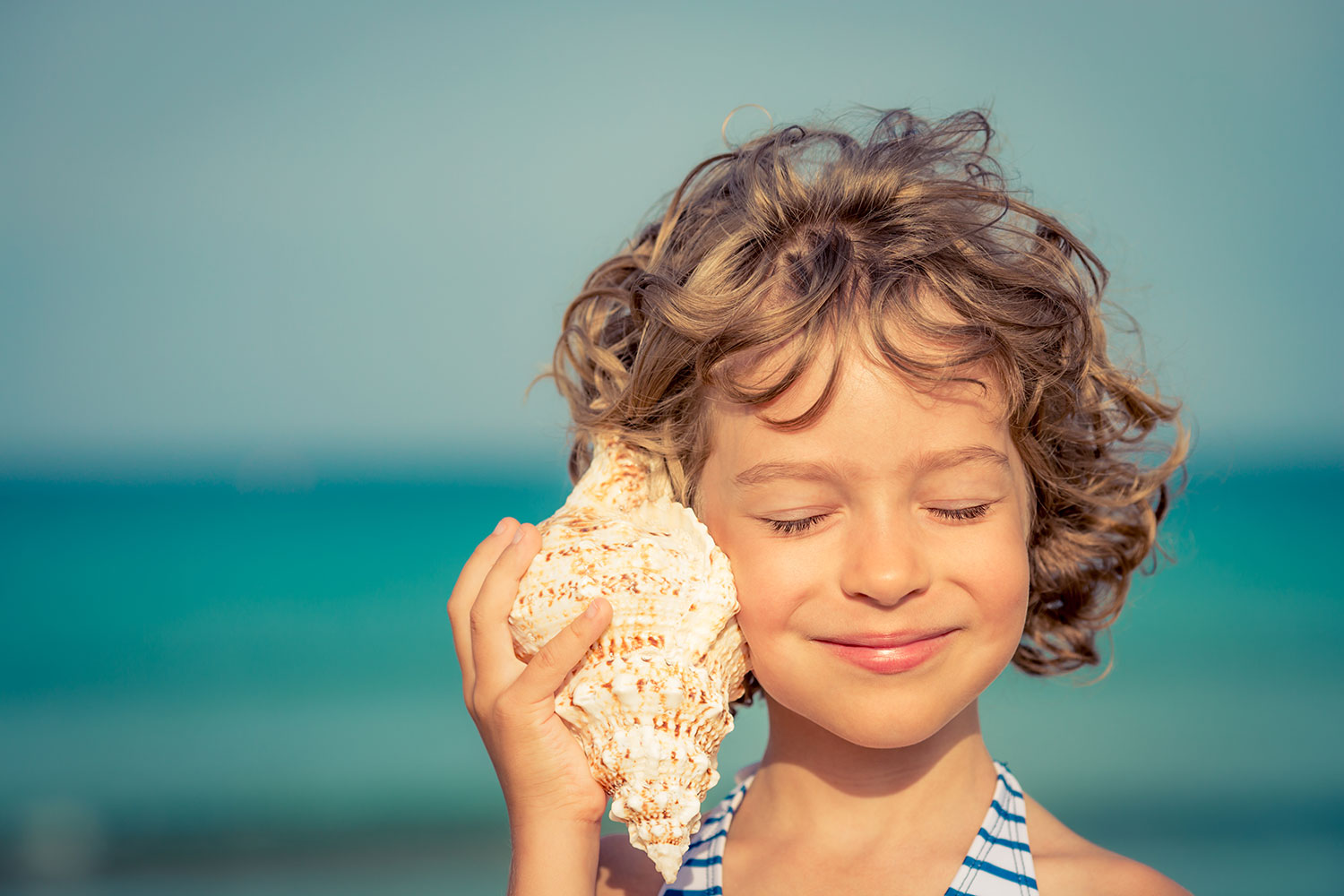
After spending nearly two decades as a relationship therapist, Patricia…
We teach our children the ABC’s and how to tie their shoes, but why isn’t mindfulness on the agenda? We know mindfulness is good for us – It allows us to be present with each moment and react to different situations thoughtfully. This valuable parenting tool is also great for our children – Mindfulness practices encourage emotional regulation and cognitive focus; Need I say more? Explore the methods outlined below to introduce mindfulness into your child’s life. Beyond improving your own mindful way of living, these techniques will give your child the skills needed to understand their emotions and maintain attention.
Get Your Friends And Family Involved

Make mindful practices a family affair that can be discussed and explored freely. Create a welcoming culture of mindfulness within your home that extends to friends and relatives. By keeping the lines of communication surrounding mindfulness open, it becomes less of a chore to children and more of a way of life. A great exercise for families is to initiate a nightly routine of expressing gratitude at dinnertime. Each family member takes turns at the dinner table stating what makes them feel thankful. This practice helps children recognize gratitude in life’s little pleasures as well as the more significant, obvious occurrences. Including friends and family in your mindfulness exercises will encourage children to acknowledge this mindset as a regular part of their daily routine.
Practice Mindfulness Yourself

Children are continually looking to their parents as an example of how to think and behave. By practicing mindfulness yourself, you’re setting a positive behavioral example for your children that will follow them into adulthood. If you regularly journal, meditate or practice yoga and breathing – Let them observe. Be open to any questions they may have regarding your various mindful practices and encourage conversations on the topic. Don’t force the process, instead let their curiosity guide them to inquire naturally. Pushing too hard will often result in some level of challenge or defiance from the child. Just continue to be open about what you’re doing and why you’re doing it – Perhaps invite them to join you. They may start doing the same all on their own before you know it.
Build Their Body Awareness

Body Awareness is essential not only to improve overall strength and core stability but to guide children to understand where their body is in space. Developing body awareness helps children who struggle with coordination and general clumsiness. Building this awareness allows children to realize where each body part is in space and how they work together to perform specific functions. We observe the arrival of body awareness in infants as they first discover their hands. They quickly begin to learn how their body works as they start rolling, sitting, and crawling. This skill develops in the background through play and repetition until it becomes an innate feature. As kids get older, body awareness allows them to perform complex motor skills, but toddlers often have a hard time gauging the appropriate level of energy exertion needed for movements. Teach your children to move, stretch, and notice the sensations that arise. Build an appreciation for all that our bodies are capable of and all they do for us. The more insight our children have into their internal experience, the better they are at choosing an appropriate response. The heartbeat exercise is an excellent way to improve body awareness – Have your child jump up and down for one minute before sitting down placing their hands on their heart. Advise them to close their eyes and observe their heartbeat, breath, and anything else that arises in their body.
Get Creative

Craft projects are fantastic for teaching children mindfulness. It makes the act of noticing the surroundings more appealing by grabbing their attention and sparking their imagination. You can quickly and affordably inspire mindfulness through a variety of fun craft activities. Drawing and coloring bring an opportunity for children to observe the paper and think about the process of getting those materials from the woods to their home. Knitting offers colors, sounds, and textures galore – Invite your child to feel the yarn, discuss the colors, and listen to the sound of the clicking needles.
Mindfulness Technology

Although a lot of being mindful involves drawing attention away from technology, there are several resources available for practicing mindfulness that is sure to keep your child’s attention. Practice together with your child by blending mindful awareness with the interactive world of electronics. ‘Headspace for Kids’ is a popular app for building mindfulness in children by introducing soothing sounds as well as breathing and visualization exercises. The app has five themes – calm, focus, kindness, sleep and wake up – Each designed specifically to cater to a child’s unique needs throughout the day.
Buddy Breathing

Paying attention to the breath is easier said than done for children. Buddy breathing is a technique used to help them focus on the breath to relax and concentrate. Have your child lie on their back with a favorite toy or stuffed animal resting on their belly. Ask them to watch as the stuffed animal rises and falls with their breath. Guide them to slow the stuffed animal down by breathing slower and deeper into their belly. This fun and interactive method for drawing attention and control to the breath allows children to recognize the influence their breathing has over how they feel.
Object Meditation

Meditation is difficult for children just as it is for adults – Calming the waves of the mind requires significant practice. Finding time to slow down and meditate is especially important for families who lead busy lives. Rushing from one obligation to the next causes us to miss the small, simple pleasures that are always around. Eating is one example of a daily occurrence that often gets rushed or forgotten altogether. We can use the sensation of taste to eat mindfully and rein our attention back to the present moment. Changing the way children view their food can be challenging, but there’s a very effective method called the ‘raisin meditation’ which helps them understand how to eat mindfully. Ask your child to hold a raisin and examine its color, shape, and smell. Invite them to place the raisin in their mouth and, without chewing it, explore how it feels. When they’re ready to chew and swallow, encourage them to pay attention to the textures and tastes.
Touch And Smell Awareness

Inspiring a connection to the senses of touch and smell is a wonderful way to evoke mindfulness in children. Spend time with your child in nature to experience various scents and textures. Urge them to take deep breaths and discuss what they smell and what emotions arise as a result of the odor. Do the same with touch – Find interesting textures, such as trees or bricks, and investigate how that object makes them feel. The ‘spiderman meditation’ is a fun way to increase a child’s ability to focus on bodily sensations. Ask them to activate their ‘spidey-senses’ when handling different objects. Inquire about the nature of the object and how it makes them feel using these ‘spidey- senses.’ Scent can be a powerful tool against anxiety when using specific oils and herbs. Give your child the opportunity to isolate their senses and tune into distinct experiences.
Squeeze And Release

When bedtime rolls around and your child is having trouble settling down, this exercise is a great way to relax their body and mind. It involves the creation of tension to allow for deep relaxation. Have your child lie on their back with eyes closed and ask them to squeeze every muscle in their tiny body as tightly as possible. Have them hold this tension for a couple of seconds before guiding them to release fully. Repeat this exercise as many times as needed before allowing them to soften into stillness. Your child will drift off into restful slumber in no time!
Practice Listening Exercises

Teaching children the importance of listening will not only deepen their connection to others, but it’s also an excellent opportunity to practice mindfulness by engaging in the present moment. The skill of active listening allows children to quiet their mind and focus on one subject. In our highly stimulated society, being a good listener is a very valuable trait for a child to possess. Ring a bell (a singing bowl or pot with a spoon work as well) and ask your child to listen carefully to the sound. Advise them to raise their hand when they can’t hear it anymore. When the ringing sound entirely disappears, ask them what else they hear. Discuss the surrounding sounds and how they felt to sit in stillness for a moment.
There are plenty of ways to incorporate mindfulness into daily life – Find what works best for you and your precious little one. By heightening your child’s experience of the world, you’re encouraging their curiosity and taking the focus away from digital stimuli. This choice will ultimately leave you with a calmer, happier, and more alert little one!
What's Your Reaction?
After spending nearly two decades as a relationship therapist, Patricia journeyed down the path of writing as a vehicle for sharing her wisdom. Her work reflects a sincere interest in readers’ wellbeing and is abundant with helpful advice and fascinating insight.














